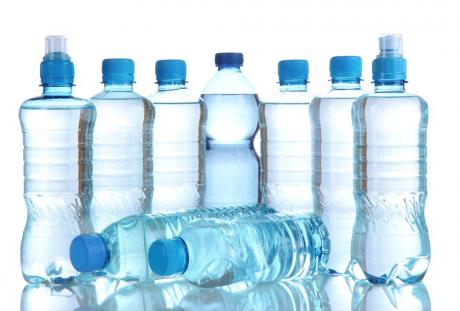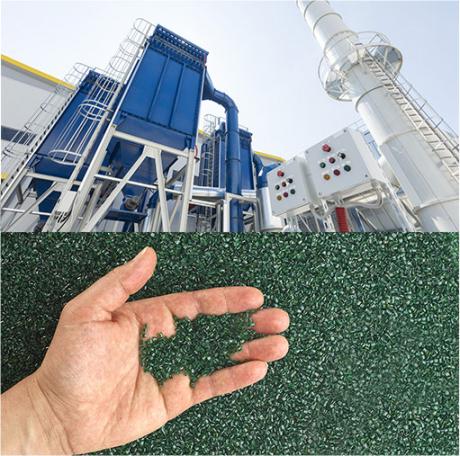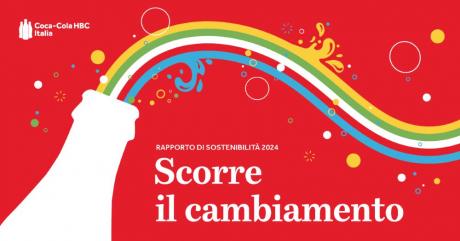On 29 June, on the occasion of its annual assembly, Ucima announced data about Italian automatic packaging machinery sector which has reported total sales revenues of 8.24 billion euro in 2021, an all-time high that eclipses the previous record of 8.04 billion euro set in 2019. The result marks a 5.5% increase on 2020 and is particularly impressive in view of the pandemic-related restrictions that were in place throughout 2021 along with the global shortage of raw materials and components that hindered production and shipments in the final months of the year.
These figures were contained in the National Statistical Survey for the industry published annually by the MECS - Ucima Research Centre and announced during Ucima’s Annual Members’ Meeting. The survey counted a total of 633 companies with 36,351 employees, 2% more than the previous year.
International markets
The Italian manufacturers of packaging technology and solutions maintained their strong export propensity in 2021 with foreign sales of 6.46 billion euro, 78.4% of the total. Following the 4% decline in 2020, exports resumed growth at +6.2%. The European Union maintained its position as the largest market for Italian machinery with revenues of 2.15 billion euro, up 3.4% compared to 2020 and equivalent to 40.8% of total exports. Asia lost ground (-4.4%) but remained the second most important export market for Italian packaging technology with sales of 942 million euro, 17.8% of the sector’s total exports. In third place was North America with an impressive 13% year-on-year growth to 828 million euro following 6% increase reported in 2020. Africa and Oceania followed in fourth place with 9% of the total export turnover (473 million euro), overtaking non-EU Europe, while Central and South America closed the ranking in sixth place.
The USA topped the ranking of individual countries with 756 million euro of machinery sales. This marked 13.1% growth compared to 2020 following the previous years’ increases. Next came France and Germany, which after the falls of 2020 resumed growth (+9.6% and +10.1% respectively). Exports to France totalled 364 million euro, while German companies purchased 316 million euro worth of Italian machinery. China remained in fourth place ahead of the UK, which overtook Spain in 2021.
The domestic market
The Italian domestic market also grew to reach sales of 1.77 billion euro (up 3.2% on 2020), equivalent to 21.6% of the industry’s total revenues. This marked a continuation of the positive trend already in progress.
Client sectors
Client sectors are divided up between food & beverage (57.1%) and non-food industries (42.9%). In detail, the food sector’s technology purchases increased by 8.8% compared to 2020, while the beverage sector’s purchases fell by 3.4%. The combined result for the two segments was a 3.4% increase relative to 2021 and a turnover of 4.7 billion euro. Topping the ranking of non-food sectors was tissue, tobacco and other machinery, which overtook pharma with 1.5 billion euro, an 18.2% share of turnover and 16.8% growth with respect to 2020. Next came the pharmaceutical sector with 1.4 billion euro and a 17.1% share of total revenues. The cosmetics sector ranked third, stabilising after its strong growth in 2020 and generating sales of 341 million euro last year. Finally, the Chemicals & Home Care sector generated sales of 286 million euro.
The outlook for 2022
Riccardo Cavanna, newly appointed chairman of Ucima and CEO of Cavanna spa, an Italian company born in Piedmont, specializing in packaging systems flowpack declared:
Considering the severe difficulties experienced in 2021, including significant constraints in day-to-day business, the absence of trade fairs and major supply chain slowdowns, the year-end results are truly extraordinary. This is a result of our companies’ unflagging commitment in terms of innovation, the search for smart solutions and the promotion of Italian technologies. The first quarter of 2022 saw a small decline (-4.4%) compared to the same period in 2021, but the orders received (up 8%). The current year is likely to be less dynamic than 2021 due to the many problems we are facing, including soaring raw material and transport costs and difficulties in procuring certain components, an issue that prevents companies from shipping completed machines. The difficulties caused by the sanctions imposed on Russia are another factor.








